 1992 BMW M3 Coupe (E36) Dimensions, Size & Specs
1992 BMW M3 Coupe (E36) Dimensions, Size & SpecsMeasurements of the 1992 BMW M3 Coupe, engineered for optimal performance and comfort
| Dimensions | |
|---|---|
| Length: | 4433 mm174.5 in14.5 ft |
| Width: | 1710 mm67.3 in5.6 ft |
| Height: | 1335 mm52.6 in4.4 ft |
| Ground Clearance: | 110 mm4.3 in0.4 ft |
| Trunk Capacity: | 405 liter14.3 cu ft |
| Weight Specifications | |
| Curb Weight: | 1440-1460 kg3175-3219 lbs |
| Maximal permitted Weight: | 1930-1950 kg4255-4299 lbs |
| Tire Specifications | |
| Rims Size: |
|
| Tire Sizes: |
|
The BMW M3 Coupe (E36), produced from 1992 to 1999, stands out as a legendary sports car that blends performance and practicality with a sleek two-door coupe design. Measuring 4433 mm (174.5 inches) in length, 1710 mm (67.3 inches) in width, and 1335 mm (52.6 inches) in height, this generation of M3 offers a compact and agile footprint ideal for spirited driving as well as everyday usability. With a curb weight ranging between 1440 and 1460 kilograms (3175 to 3219 pounds), the E36 M3 maintains a balanced chassis that contributes to its precise handling and dynamic road presence.
Designed with enthusiasts in mind, the M3 E36 features a ground clearance of 110 mm (4.3 inches), which enhances its sporty stance and responsive driving capabilities. It rides on 17-inch rims equipped with tire sizes varying from 225/45 R17 to 245/40 R17, offering a variety of setup options for grip and comfort depending on driver preference and conditions. The luggage capacity of 405 liters (14.3 cubic feet) is generous for a sports coupe, allowing for practical storage space without compromising the car’s performance-oriented focus.
This generation marked a significant technological and aerodynamic advancement over its predecessor, with cleaner lines, improved chassis rigidity, and enhanced engine performance. The E36 M3 remains a benchmark for sporty coupes from the 1990s, admired for its balance of size, weight, and driving precision. Whether on the track or the road, the E36 M3 Coupe delivers an engaging driving experience that many modern sports cars continue to emulate.
Discover the standout features that make the 1992 BMW M3 Coupe a leader in its class
Have a question? Please check our knowledgebase first.
The BMW M3 Coupe (E36), produced from 1992 to 1999, measures 4433 mm (174.5 inches) in length, 1710 mm (67.3 inches) in width, and 1335 mm (52.6 inches) in height. These dimensions offer a compact yet sporty silhouette that balances aerodynamics with practicality. Its width and height contribute to a lower center of gravity, enhancing handling performance on the road or track, while the length ensures enough cabin and trunk space for everyday usability.
The curb weight of the BMW M3 E36 ranges between 1440 to 1460 kilograms (approximately 3175 to 3219 pounds), while its maximum weight sits between 1930 to 1950 kilograms (about 4256 to 4299 pounds). The relatively light curb weight enhances handling agility and acceleration, contributing to the car's reputation as a finely balanced sports coupe. The maximum weight includes passengers and cargo, ensuring the car handles well even when fully loaded.
The BMW M3 Coupe (E36) offers a luggage capacity of 405 liters (approximately 14.3 cubic feet). This trunk space is quite generous for a high-performance coupe, allowing for sufficient storage of suitcases or grocery bags. While it's not as large as some sedans or SUVs, the capacity makes the E36 M3 practical enough for everyday use and weekend road trips, combining sporty performance with reasonable cargo versatility.
The BMW M3 E36 has a ride height or ground clearance of 110 millimeters (about 4.3 inches). This relatively low clearance contributes to the car's excellent handling and cornering stability by lowering the center of gravity. However, the low ride height means the car might struggle with speed bumps or steep driveways, so drivers should be cautious in such situations. Overall, it's a performance-focused height that benefits sporty driving.
The E36 M3 comes equipped with 17-inch rims paired with tire sizes including 235/40 R17, 225/45 R17, and 245/40 R17. These tire sizes offer a balance between grip, ride comfort, and handling precision. The wider rear tires improve traction, especially under acceleration, while the slightly narrower front tires help with steering responsiveness. Combined with the sporty suspension setup, this wheel and tire configuration enhance the classic driving dynamics BMW is known for.
Yes, the BMW M3 Coupe (E36) fits comfortably into a standard residential garage. Typical single-car garage dimensions average around 2400 to 3000 mm (94.5 to 118 inches) in width and about 4800 to 6000 mm (189 to 236 inches) in length. Given the E36 M3’s length of 4433 mm (174.5 inches) and width of 1710 mm (67.3 inches), it leaves sufficient space for opening doors and maneuvering inside the garage, making it suitable for homeowners with standard garage sizes.
Compared to its predecessor, the E30 M3, the E36 M3 is larger in almost every dimension. The E30 measured approximately 4325 mm (170.3 inches) in length and 1690 mm (66.5 inches) in width, whereas the E36 extends to 4433 mm (174.5 inches) in length and 1710 mm (67.3 inches) in width. The E36’s increased size provides improved interior space and comfort, alongside the development of more advanced technologies and a more aerodynamic body. The growth in size also contributes to a smoother ride without compromising the sporty characteristics that defined the E30.
The BMW M3 E36's dimensions and weight position it competitively among 1990s sports coupes. For example, the Audi S4 coupe from that era typically measured slightly longer but was heavier. Similarly, the Porsche 911 (993) was lighter but narrower with a more compact length. The E36 strikes a balance with a curb weight around 1440-1460 kg (3175-3219 lbs) and dimensions that allow sporty agility while providing more practicality than some rivals. This made it a preferred choice for enthusiasts seeking performance and everyday usability.
The BMW M3 Coupe (E36) was produced from 1992 to 1999, marking a production span of approximately 7 years. This generation marked a shift toward more refined styling, improved performance, and enhanced comfort relative to earlier M3 models. During these years, the E36 gained substantial popularity and is now celebrated as a classic sports coupe that helped solidify BMW’s reputation in the high-performance segment.
The BMW M3 E36 introduced several key design and engineering features that set it apart from its predecessor and future generations. It featured a more aerodynamic body with smoother lines, a larger overall size, and incorporated multi-link rear suspension for better handling balance. Under the hood, the E36 initially housed a 3.0-liter inline-6 engine, later upgraded to 3.2 liters, delivering improved power and torque. This generation also advanced in refinement, offering better interior materials and more advanced electronics, striking a balance between race-inspired performance and daily driving comfort.
Discover similar sized cars.
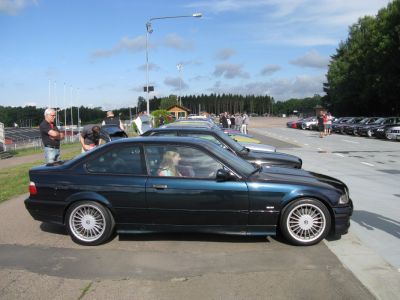
| Production: | 1993-1998 |
|---|---|
| Model Year: | 1995 |
| Length: | 4433 mm174.5 in |
| Width: | 1710 mm67.3 in |
| Height: | 1346 mm53.0 in |
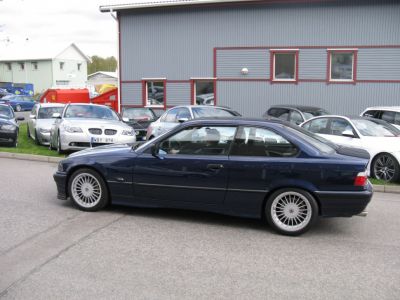
| Production: | 1993-1996 |
|---|---|
| Model Year: | 1993 |
| Length: | 4433 mm174.5 in |
| Width: | 1710 mm67.3 in |
| Height: | 1346 mm53.0 in |
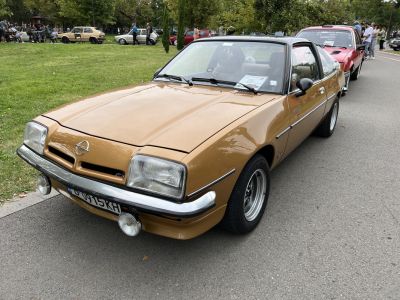
| Production: | 1975-1982 |
|---|---|
| Model Year: | 1976 |
| Length: | 4443-4475 mm174.9-176.2 in |
| Width: | 1670-1686 mm65.7-66.4 in |
| Height: | 1320-1330 mm52.0-52.4 in |
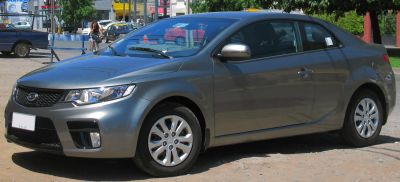
| Production: | 2009-2012 |
|---|---|
| Model Year: | 2010 |
| Length: | 4480 mm176.4 in |
| Width: | 1765 mm69.5 in |
| Height: | 1400 mm55.1 in |
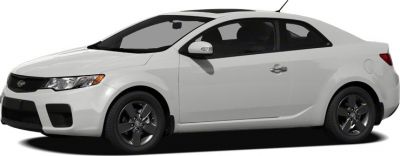
| Production: | 2009-2013 |
|---|---|
| Model Year: | 2010 |
| Length: | 4480 mm176.4 in |
| Width: | 1765 mm69.5 in |
| Height: | 1400 mm55.1 in |
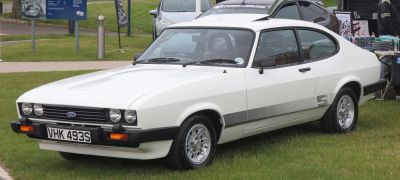
| Production: | 1978-1987 |
|---|---|
| Model Year: | 1978 |
| Length: | 4440 mm174.8 in |
| Width: | 1700 mm66.9 in |
| Height: | 1350 mm53.1 in |
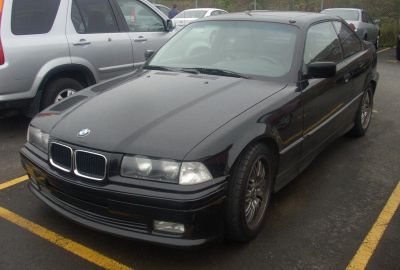
| Production: | 1991-1999 |
|---|---|
| Model Year: | 1992 |
| Length: | 4433 mm174.5 in |
| Width: | 1710 mm67.3 in |
| Height: | 1366 mm53.8 in |
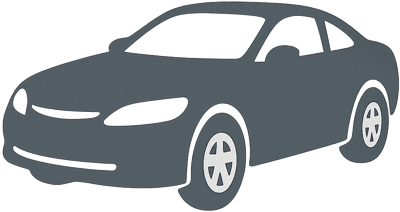
| Production: | 1989-1994 |
|---|---|
| Model Year: | 1987 |
| Length: | 4450 mm175.2 in |
| Width: | 1690 mm66.5 in |
| Height: | 1360 mm53.5 in |
